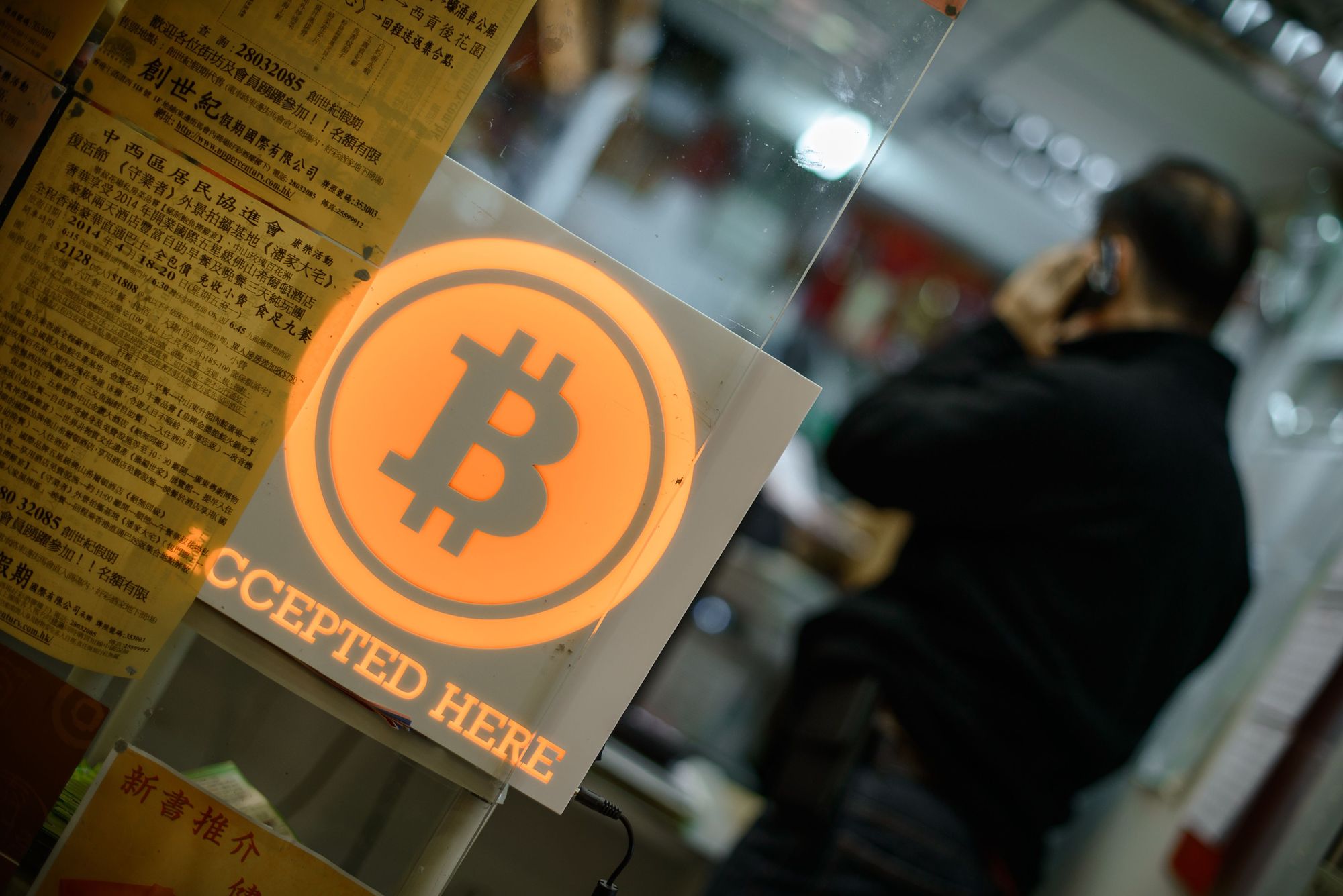Facebook is finally admitting that they are pursuing the implementation of a digital currency dubbed “GlobalCoin”.
If you’re familiar with Facebook (you have heard of Facebook, right?), you probably know they aren’t the most reputable when it comes to protecting user privacy. Still, you might be thinking, it’s kinda cool that they’re dipping their toes into the volatile ocean of cryptocurrency.
Except that when Facebook dips their toes into something like crypto, they’re highly likely to miss the whole point of cryptocurrency in their quest to monetize everything.
And if Facebook is the entry point for new crypto users around the world, a whole lot of casual users risk missing the point, too.
There’s no doubt, a Facebook-backed cryptocurrency that makes sending money “as easy… as it is to send a photo” would be massively popular. But the important question is, will GlobalCoin actually be a good cryptocurrency?
Probably not. In the traits below, I’m specifically talking about the concepts that make for the type of cryptocurrency that many in the industry would consider ideal – there are some that don’t share these characteristics and still have real-world use.
Crypto Is Borderless
A true cryptocurrency needs to consist of a few key attributes in order to be considered, well… good. If it lacks these key characteristics, it’s really nothing more than a digital version of the same old money we’ve been stuck using for centuries. At best.
First of all, a good cryptocurrency needs to be borderless. It needs to work anywhere, whether you send it to your next-door neighbor, or to someone in a country that is otherwise highly inaccessible, perhaps due to sanctions, like Iran or Venezuela.
Facebook plans to roll out GlobalCoin in select regions which have met certain regulatory compliance expectations, probably involving sharing mounds of personal information with various powers-that-be. The coin will initially be available in about a dozen countries to be transacted via WhatsApp, and might have a tough time finding approval in places like India and China.
It seems highly unlikely that it will be traded between places like Venezuela and the United States, for example.
Crypto Is Permissionless
Which brings up the second key characteristic of a good cryptocurrency. It needs to be permissionless.
Nobody needs to walk into a bank and sign a pile of papers in order to be granted the privilege of sending Bitcoin, Litecoin, or Ethereum to someone else, for example. Anyone, anywhere can send or receive a good cryptocurrency, as long as there are nodes available with which to connect and declare a transaction.
With Facebook’s GlobalCoin, chances are a range of permissions will only be granted once certain qualifications are met, most importantly being one’s nationality – but also possibly other requirements including the sharing of personal data (which, let’s face it, seems likely).
Some countries might also restrict who can transmit value using the currency. Users would be at the mercy of Facebook and whatever regulatory standards are in effect in a given region.
Crypto Is Trustless
Speaking of being at the mercy of Facebook, good cryptocurrencies must be trustless, meaning, one must be able to verify the validity of transactions without having to trust any other party, like Facebook, for example.
Facebook will most certainly keep a close eye — a really close eye — on all the monetary operations of this GlobalCoin, and will have to decide how and when it is issued and transacted. As far as we know, it is planned to be some kind of stablecoin, pegged to a basket of fiat currencies like the Euro, the Yen, and the USD. How this gets determined is unknown and is again, up to the folks at Facebook to figure out, requiring another layer of trust in the corporate entity to wisely design the currency’s protocol.
Crypto Is Decentralized
Which brings up the most important attribute of a truly good cryptocurrency — a trait that GlobalCoin will most certainly lack — decentralization.
This digital coin will be the most central of centralized coins (but at least we can stop complaining about XRP!) with Facebook running the show; lock, stock, and barrel.
There will be no decentralized network of nodes who, via free market gaming mechanisms, confirm the validity of transactions. No hashing power competition will ensure the security and integrity of this blockchain. This will be a 100% Facebook-sanctioned operation, from beginning to end, fully integrated into WhatsApp, for maximum profitability.
If Facebook decides to shut it down, for whatever reason — boom — it’s down. If Facebook decides a particular user can no longer use GlobalCoin — poof — gone. If Facebook has any kind of technical problem that causes its system to freeze, it’s frozen, for everybody. These are just a few of the problems caused by centralization.
Facebook Has No Incentive To Create A Good Crypto
What really stinks about the whole situation is that this GlobalCoin will likely be highly popular and will lead many to believe they have tapped into the freedom and independence of cryptocurrency as a revolutionary technology, just without any of the key features that make it special.
“Bitcoin is cool, but this is better. It’s on Facebook!”
The real revolution will be quietly taking place elsewhere, as good cryptocurrencies continue to grow and spread, perhaps more organically and slowly, but with genuine purpose.
The danger is, this subtle and unique revolution may be quashed by the marketing power of Facebook, with most people simply missing the point… and buying GlobalCoin instead.
Facebook will have your updates, your photos, your face, your friends, your habits… and now your money.
Source





 Latest news:
Latest news: 





 Shop
Shop
 Bidding Open
Bidding Open

















